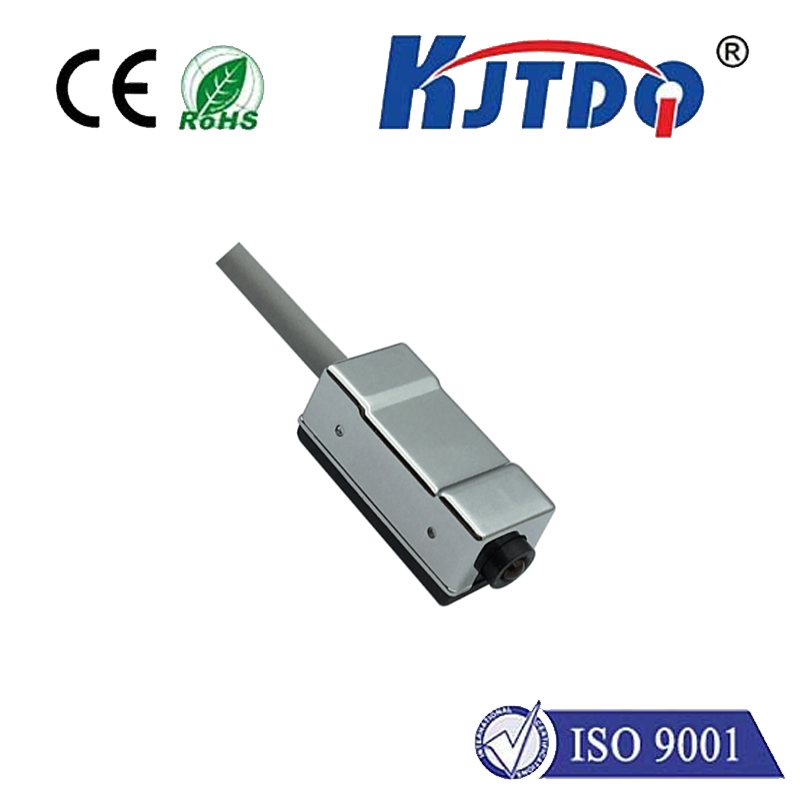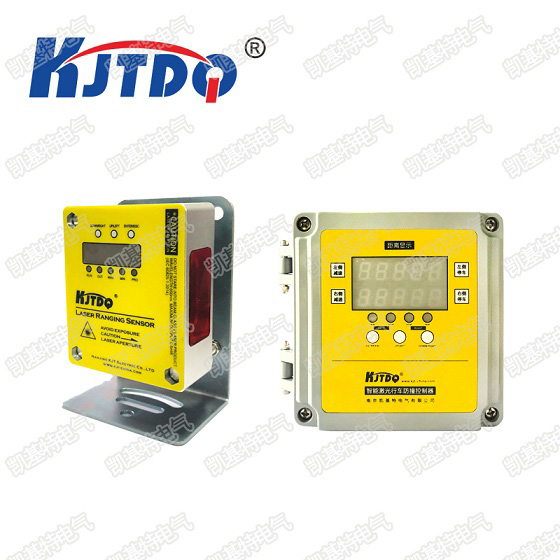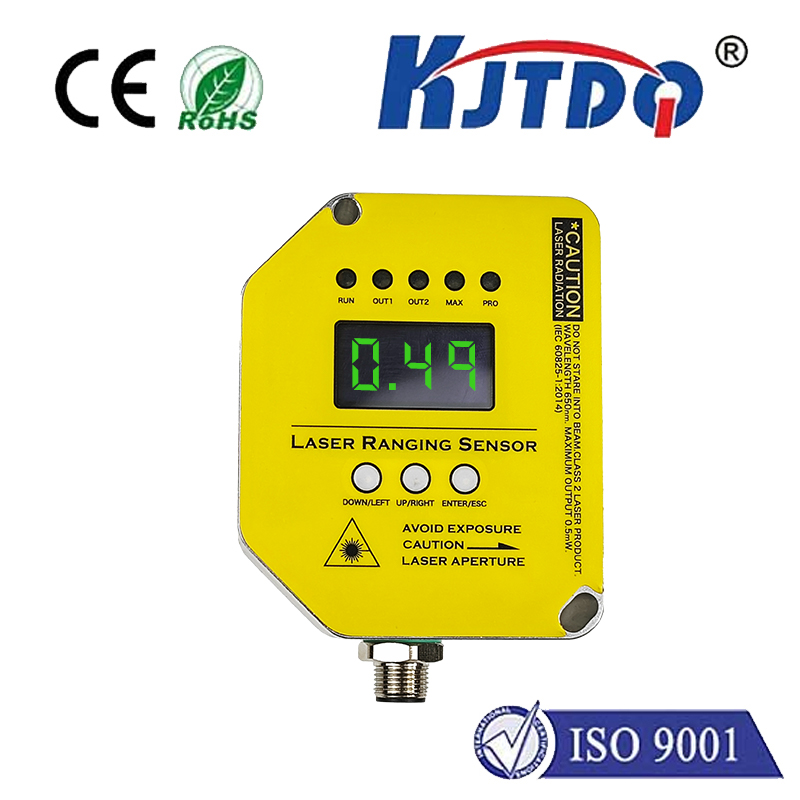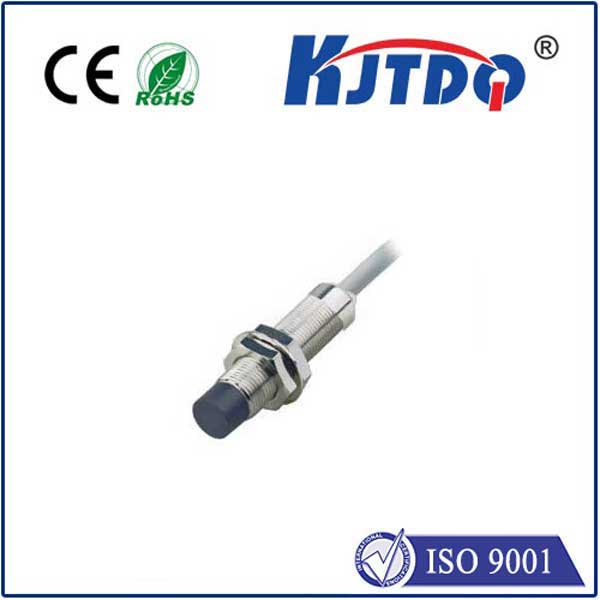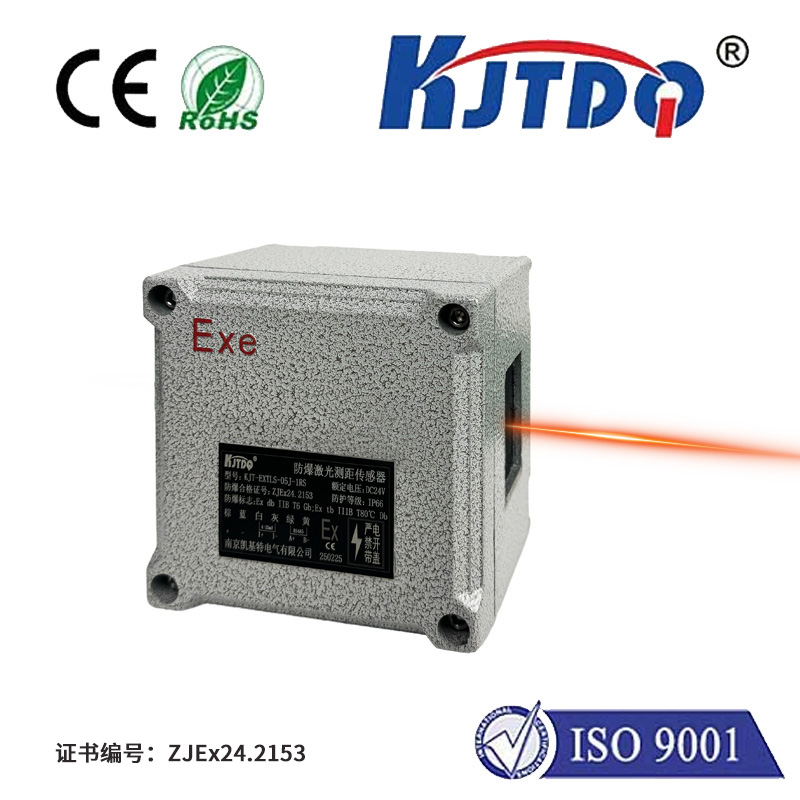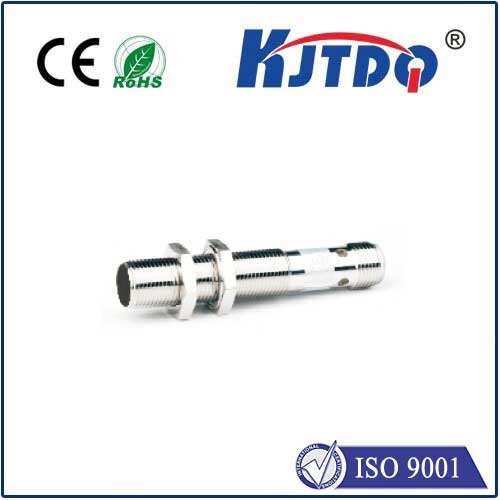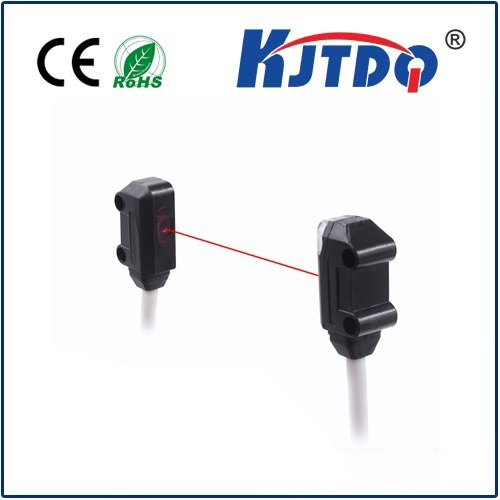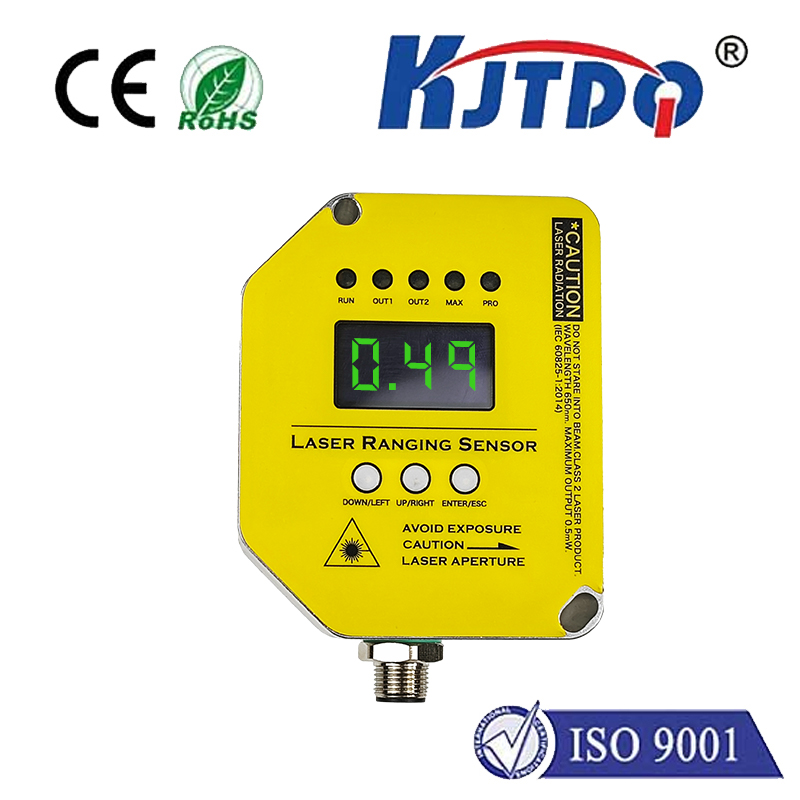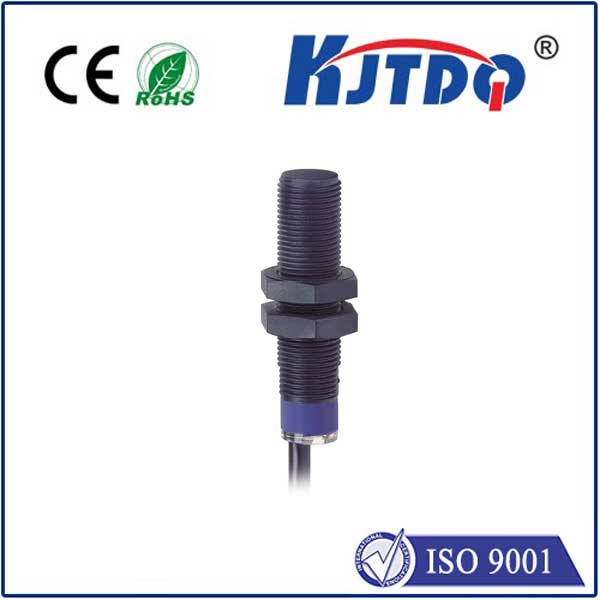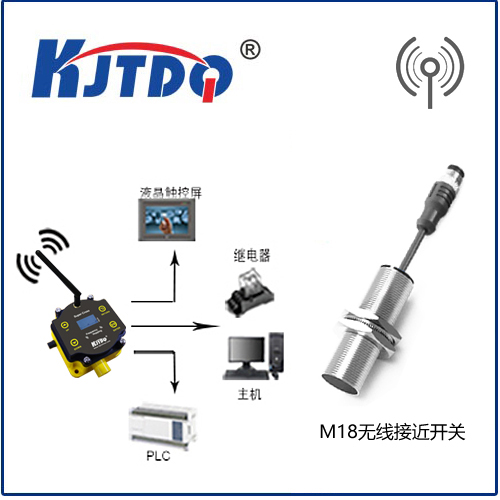

check

check

check

check

check

check

check

check

check

check
Magnetic induction sensors have revolutionized the automotive and industrial sectors with their ability to detect and measure magnetic fields. There are different types of magnetic induction sensors on the market, each with unique features and benefits. In this article, we will discuss four different types of magnetic induction sensors including Hall Effect Sensors, AMR Sensors, GMR Sensors, and TMR Sensors.
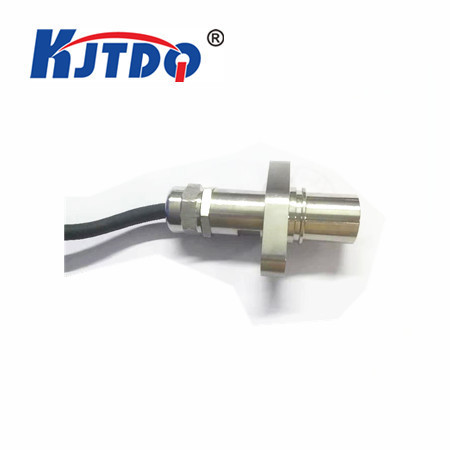
1. Hall effect sensor
Hall effect sensors are one of the most popular magnetic induction sensors on the market. It consists of current-carrying conductor strips on a semiconductor substrate that, when placed in a magnetic flux, generate a voltage perpendicular to the direction of current flow through the Hall effect. This voltage can be used to detect magnetic fields. Hall effect sensors are widely used in automotive and industrial fields.
2.AMR sensor
Anisotropic magnetoresistance (AMR) sensors consist of strips or strips of magnetically anisotropic material, whose equivalent resistance is related to the angle between the magnetization direction and the conduction direction. AMR sensors have a relatively low magnetoresistance (MR) rate compared to other magnetoresistive sensors. They are used in industry, commerce and space technology as displacement or angle sensors and geomagnetic field sensors.
3. GMR sensor
Giant magnetoresistance (GMR) sensors have a sandwich structure consisting of magnetic films separated by interfacial conductive layers. The sensor has two resistance states: when the magnetization directions of the two magnetic layers are parallel, the device is in a low resistance state; when the magnetization directions of the two magnetic layers are opposite, the device is in a high resistance state. The GMR sensor is a precision magnetic field sensor with good temperature stability. They have been widely used in the hard disk drive (HDD) industry as well as in industrial applications.
4.TMR sensor
Tunnel magnetoresistance (TMR) sensors consist of ferromagnetic multilayer films separated by tunnel barriers. The resistance of a TMR device is related to the angle between the magnetization directions of the two ferromagnetic layers. Compared with other types of magnetic field sensors, TMR sensors have better signal-to-noise ratio, unprecedented accuracy and extremely low power consumption. TMR sensors are considered the most advanced magnetic field sensors in terms of temperature and lifetime.
In summary, choosing the right magnetic induction sensor depends on application requirements, data accuracy, resolution and precision. Each sensor has unique advantages and limitations that must be considered before selecting the sensor that best suits your needs. We hope this guide to Hall, AMR, GMR and TMR sensors has helped you better understand the different types of magnetic induction sensors available on the market.
